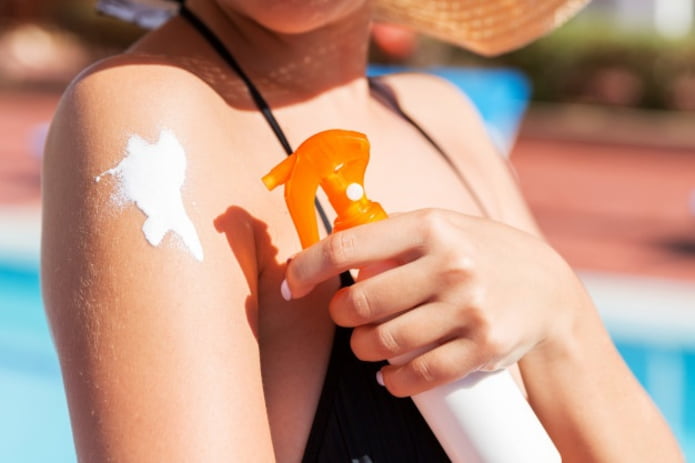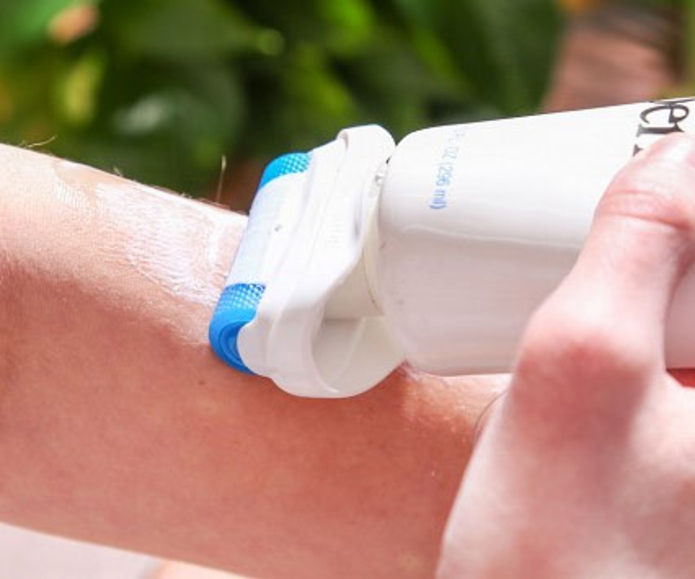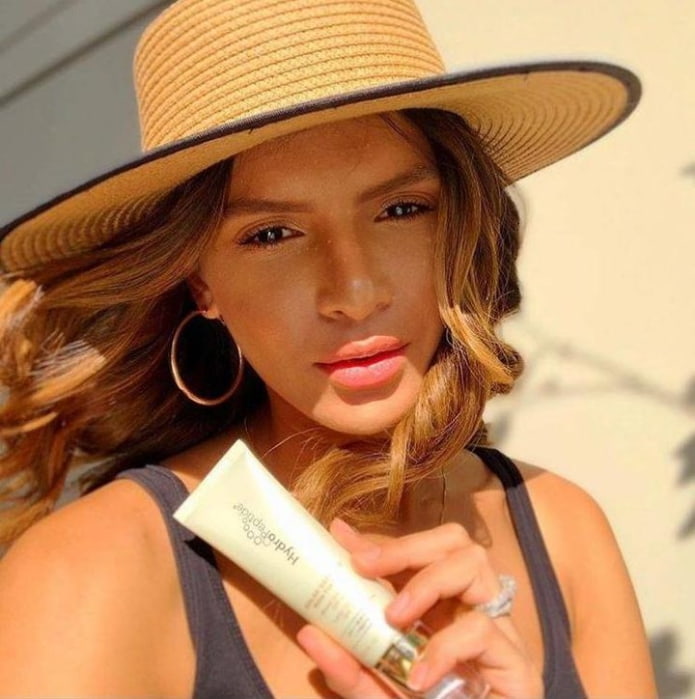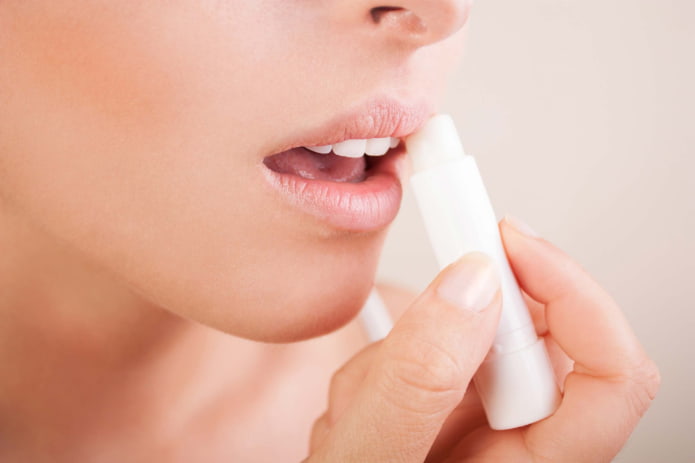The Importance of Sun Care Products & the Different Types Available
Staying out of the sun is definitely the most effective way to prevent sun damage to your skin. However, avoiding the sun is a terrible way to spend your time, especially because the sun’s rays are in part responsible for lifting up your mood. So, what you can do to protect your skin from sun damage? Use appropriate sun care products, of course.

Why Do You Need to Protect Your Skin?
The sun’s rays contain both UVA and UVB rays, which are the main cause of premature aging. UVA rays are known to contribute to premature aging as they are absorbed more deeply into the skin than UVB rays, damaging the skin’s elasticity as well as causing dark spots. While you might think that a bronzed complexion gives you a radiant glow, when you’re exposed to UV rays your skin produces melanin and as protection it becomes thicker, which can in effect, reduce your skin’s radiance.
When Should You Protect Your Skin?

During the summer months, UVB rays are at their strongest. But you’re actually exposed to UVA rays all year long. This means that even when the Australian weather leaves your BBQ cloudy and overcast, your skin still exposed to the sun’s harmful UVA rays. Research has shown that UVA rays can penetrate glass. This highlights just how important it’s to be mindful of incorporating daily sun protection into your regime, whatever your plans.
How Can You Protect Your Skin?
Using sun care products that offer high UVA and UVB protection is an important step to protecting your skin from the harmful rays. Here are some types of products that can offer sunscreen protection.
Sun Lotions

Sun lotions are the most popular product when it comes to sun protection. One of their greatest benefits is that you can clearly see how much you are applying and any spot you’ve missed as most of them are white in colour. This makes sun lotions probably the best product to use when spending a day at the beach.
Spray Sunscreens

Spray sunscreen products are easier to apply than other options, especially when you are in a rush or are a little eager to get outside. But it’s important that it’s used the right way, as it can be harder to know if you’ve put enough. Apply an amount about the size of a coin on your hands to rub onto your face and never spray directly on it. Then use the same amount for each arm and two times the amount for your back and legs. Make sure you rub in once you’ve applied and hold it close to your skin or you could end up just spraying the air.
Roll-on Sunscreens

This type of sunscreen is probably the handiest and most hassle-free of them all. Due to their small size, they can fits perfectly in your handbag or travel luggage. Roll the sunscreen onto your skin ensuring you’re covering all areas, and then rub it in. Most roll-on sunscreens are water-resistant, which makes them great for when you plant to jump in and out or the pool all day. Just make sure to reapply each time you get out!
Sunscreen for Face

Nowadays there is a range of sunscreens designed for the face. While it’s safe to use body products on the face, products designed especially for the face tend to have more specialized ingredients to support healthy ageing such as peptides and antioxidants.
Lip Balms

Many forget that their lips need protection too when going out in the sun. The skin on the lips is delicate, reason why many of us experience chapped lips when it’s sunny or windy. So, make sure you have a lip balm that contains SPF with you all the time to help protect your pout.
What Do You Need to Know About Sunscreens Ingredients?
Sun care products have filters in their composition that reflect or absorb UV rays. These filters can be organic and inorganic.
- Organic filters – they are known to absorb UV radiation and then convert it into a small amount of heat. Examples of organic filters include salicylates, cinnamates and benzophenones.
- Inorganic (physical) filters– Inorganic filters create a barrier on the surface of the skin that reflects and scatters UV radiation away from the body. Examples of inorganic filters include zinc oxide and titanium dioxide, which are typically less irritating to the skin.
How Often Should You Apply Sunscreen?
You should wear sunscreen 365 days a year! Whether you’ll be spending the afternoon in the sun or not, make sure you apply enough sunscreen for it to actually be effective. Dermatologists say that the average person in a bathing suits needs a full shot glass to cover all exposed areas, including the face, every two hours.
If you’ll be at the beach for the day with your friends or family (about six hours out in the sun), each individual will need at least a three quarters of the bottle all to themselves. When not in the water, consider using a shirt and hat and sit in the shade. Every bit of coverage makes a difference. People with dark skin tone shouldn’t skip wearing sunscreen either. Everyone, regardless of skin colour, should apply an adequate amount of sunscreen to ensure full protection.



